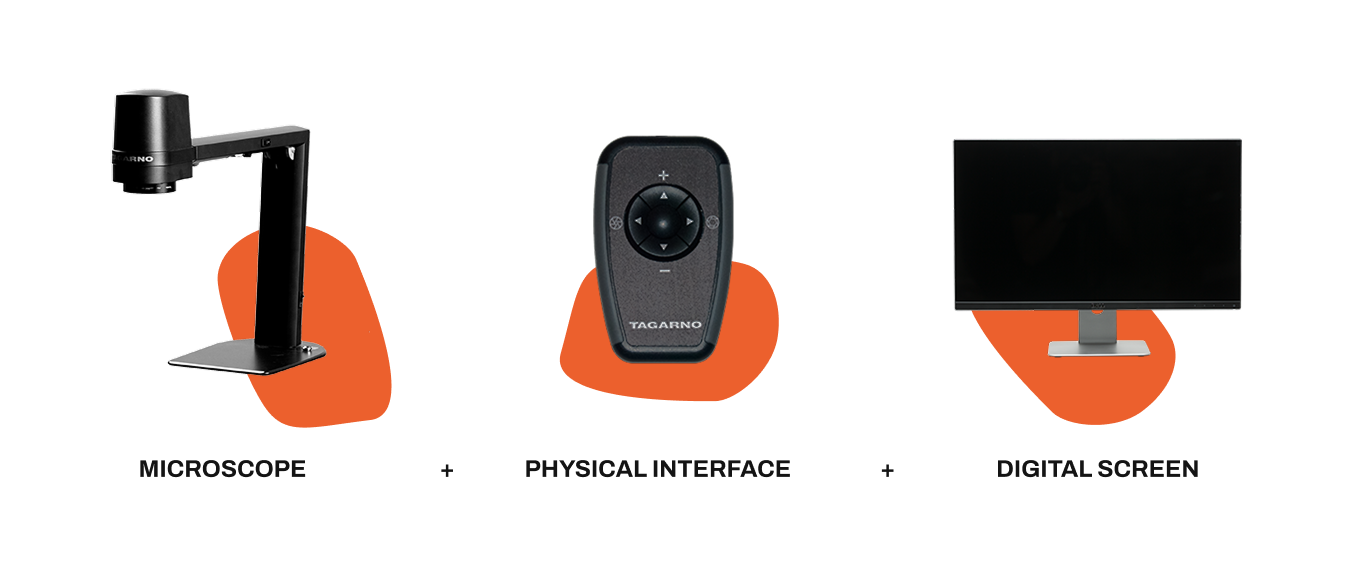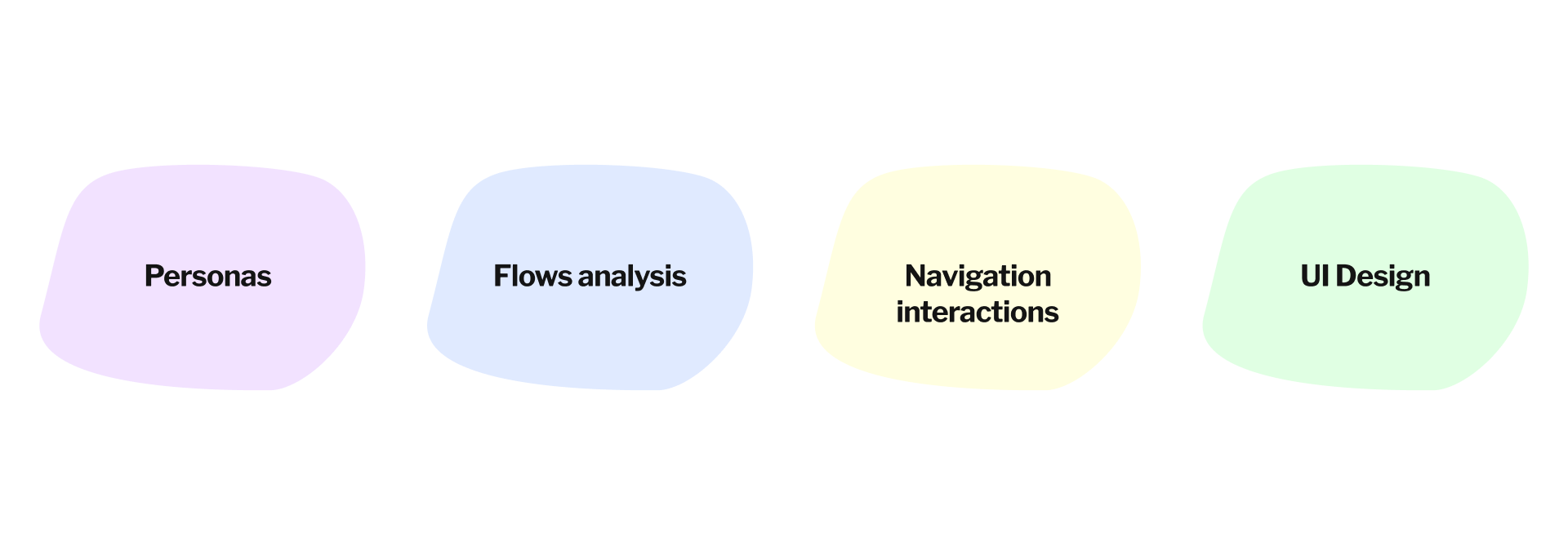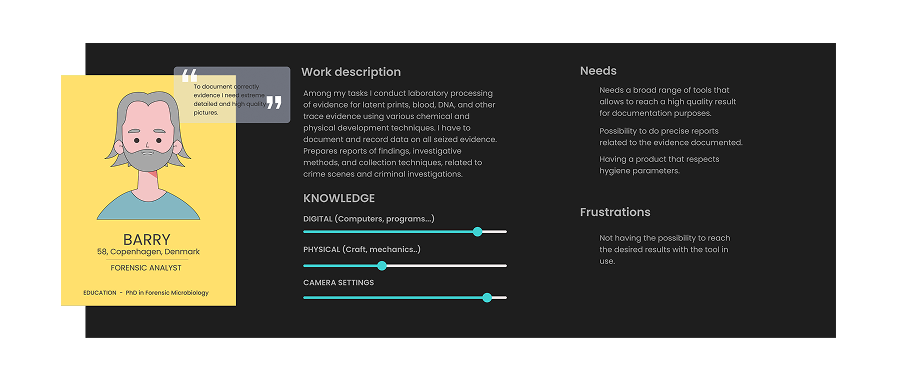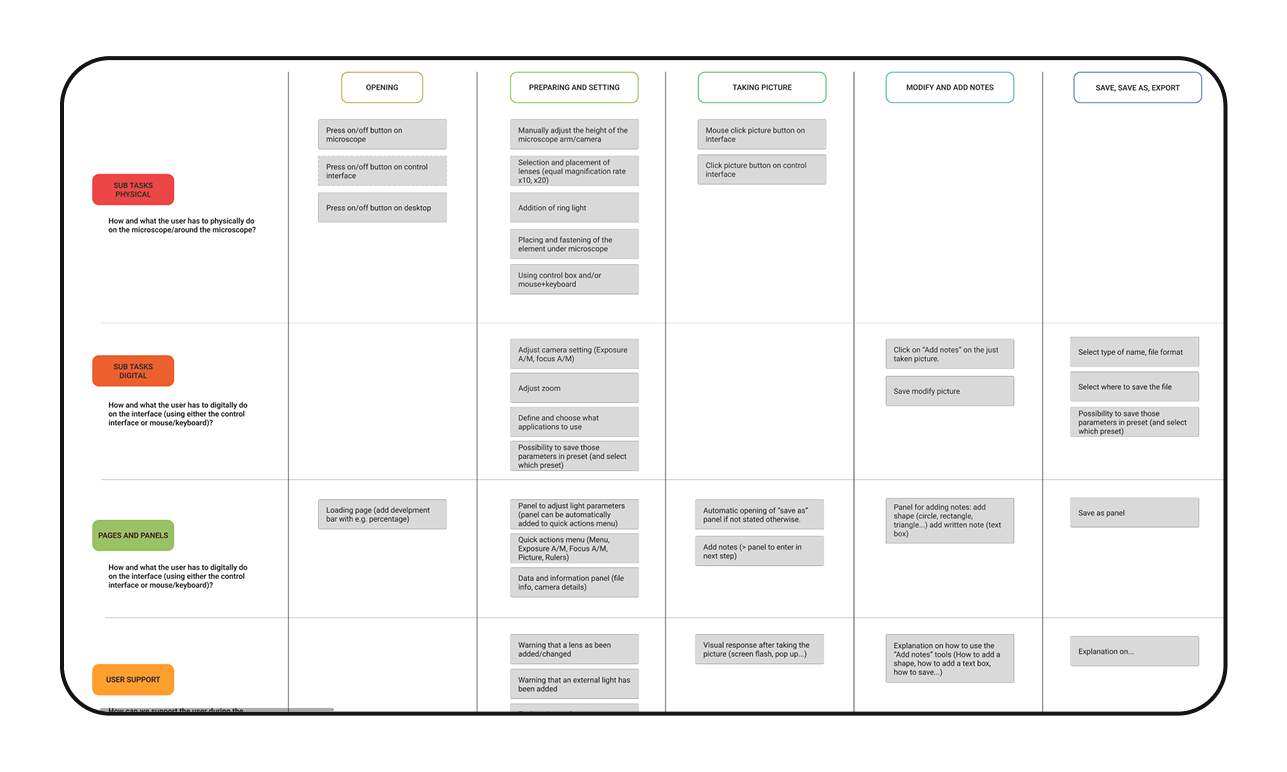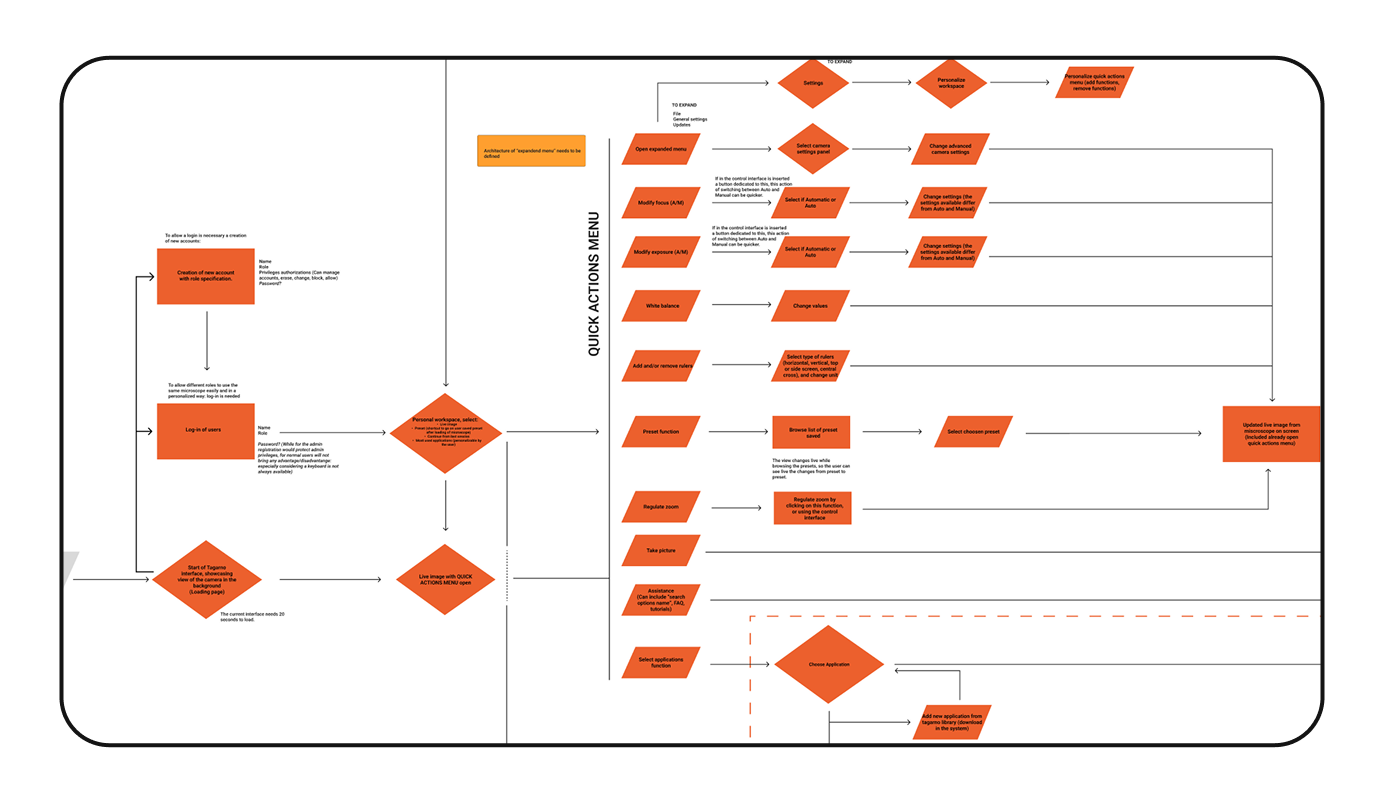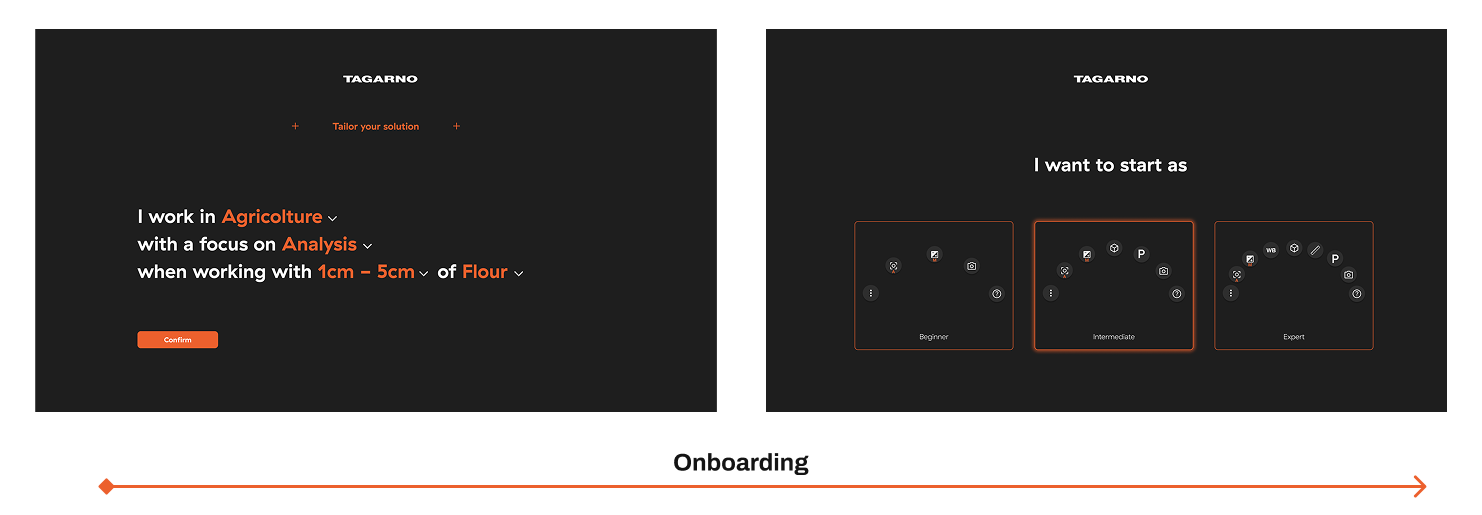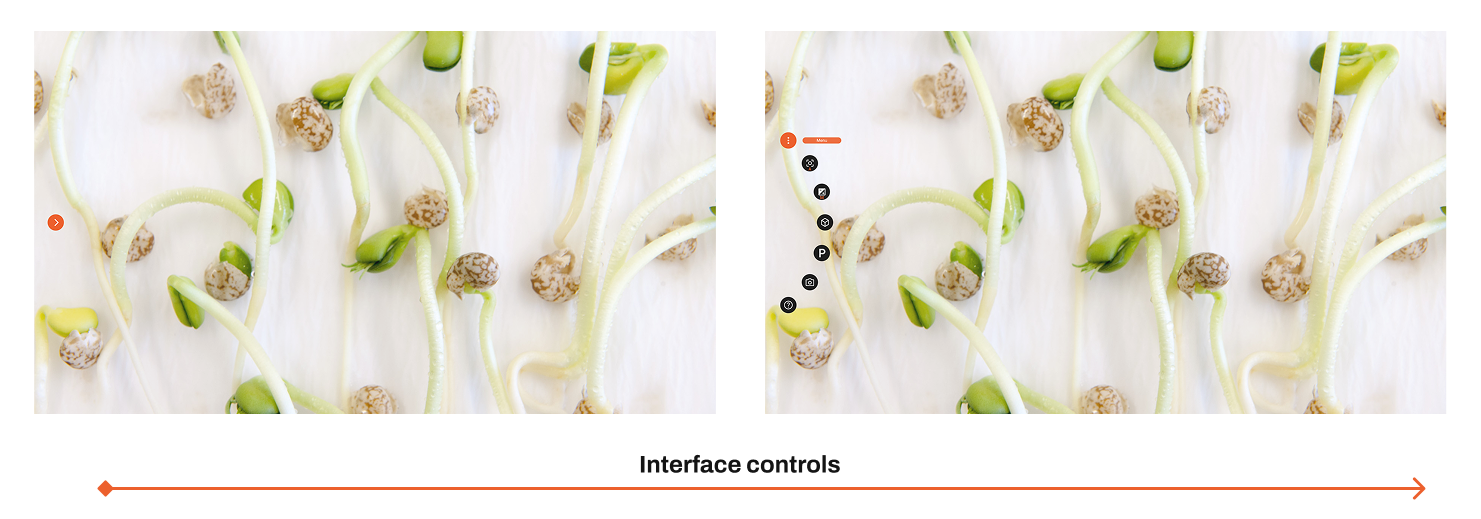Tagarno launched a new flagship digital microscope with a cutting-edge physical redesign. The challenge: its interface was outdated and hard to navigate, especially given that users interact through multiple input modes (custom control box, mouse, keyboard). I conducted tasks and flows analyses, menu audits, then designed a new interface architecture and interaction model that works seamlessly across inputs. The result was a more intuitive and scalable interface for industrial, forensic, and electronics assembly contexts.
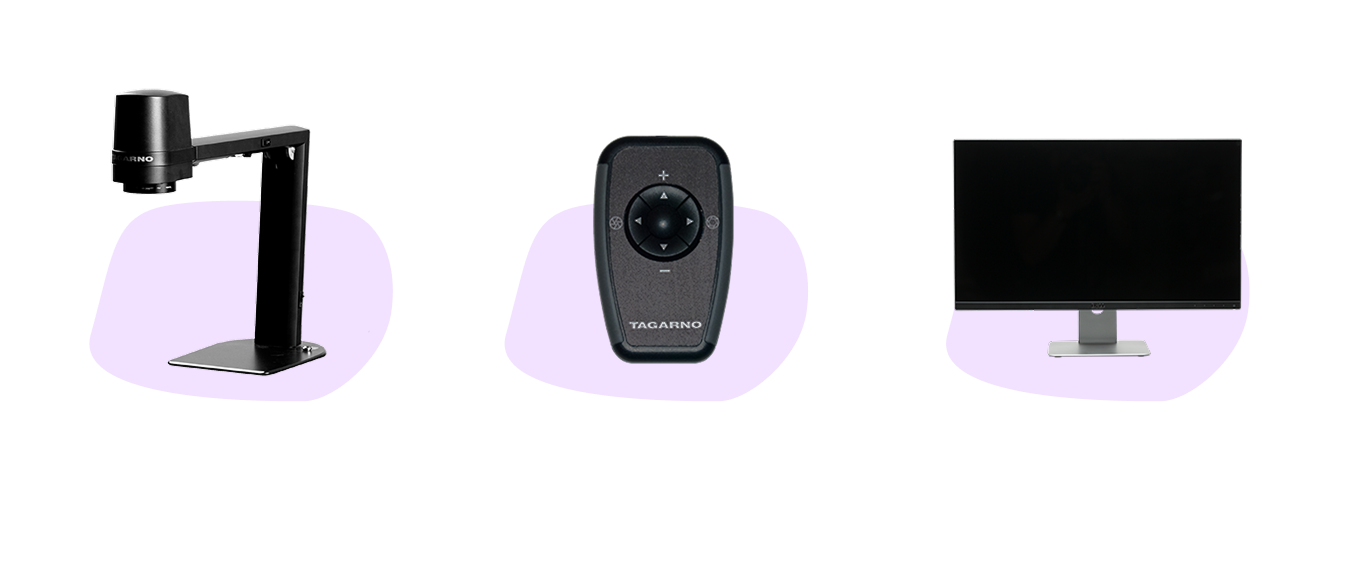
Design had to unify physical and digital interactions
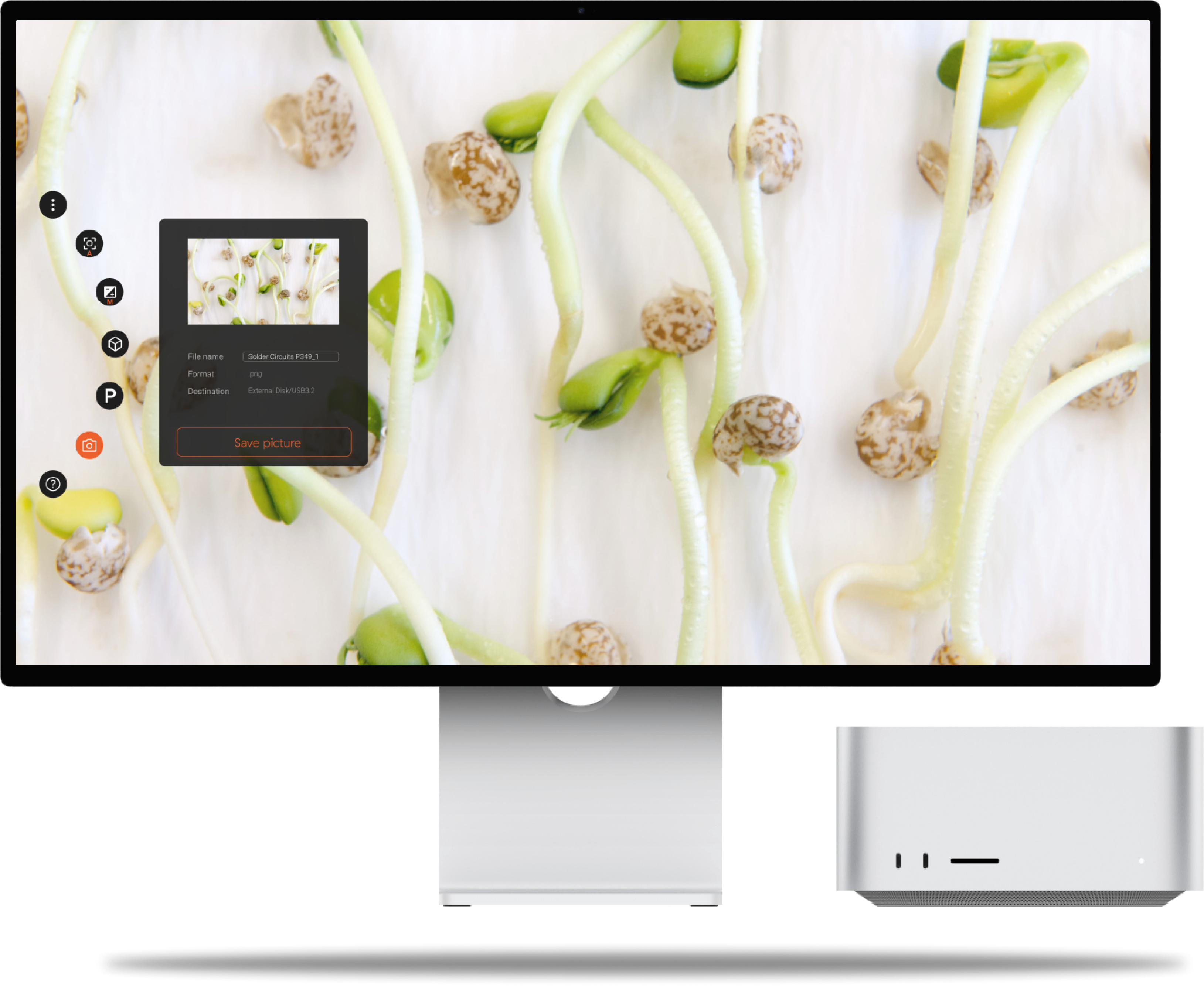
Final concept balanced clarity and flexibility


